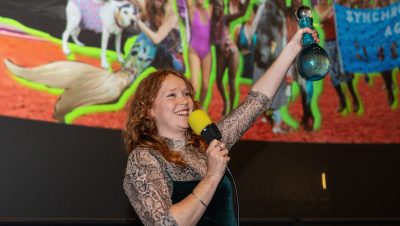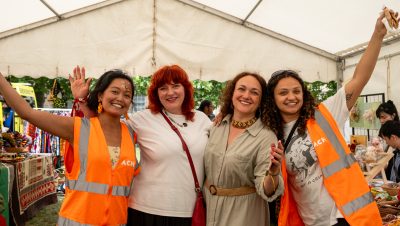In photos / community food growing
Lush Greens – ‘Feeding people emotionally and physically’
It takes just a little digging to discover that some of the freshest, most environmentally-friendly of our city’s veg is grown in the most unexpected of places.
Lush Greens, a market garden squirrelled away between Knowle and Whitchurch, not only supplies community members with chemical-free seasonal veg boxes on a pay-what-you-can-afford basis, but also supports food poverty charities and delivers green social prescribing including horticulture training for people in recovery.
Here, growers Olly and Jimmy tell Bristol24/7 more about their methods accompanied by images from the photo project on Bristol’s Regenerative Culture by Mark Simmons.
is needed now More than ever
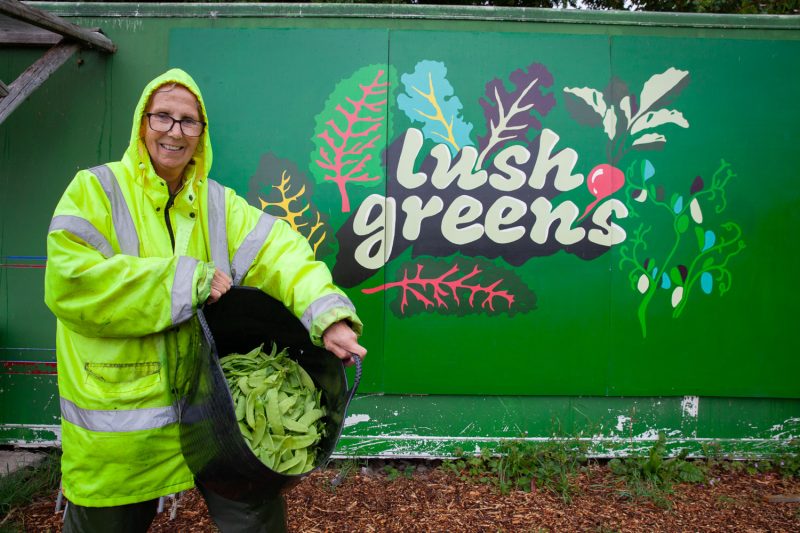

How is Lush Green doing things differently?
“No Dig [where land is left intact in order to maintain soil structure and allow helpful below-ground organisms to flourish] is the big difference; also a lack of pesticides, fertilizers and machinery. The focus is on soil health and diversity, with 40 varieties of crops.
“We invite all people onto the land and many locals are getting involved. 80 per cent of our produce goes to the people of south Bristol.”

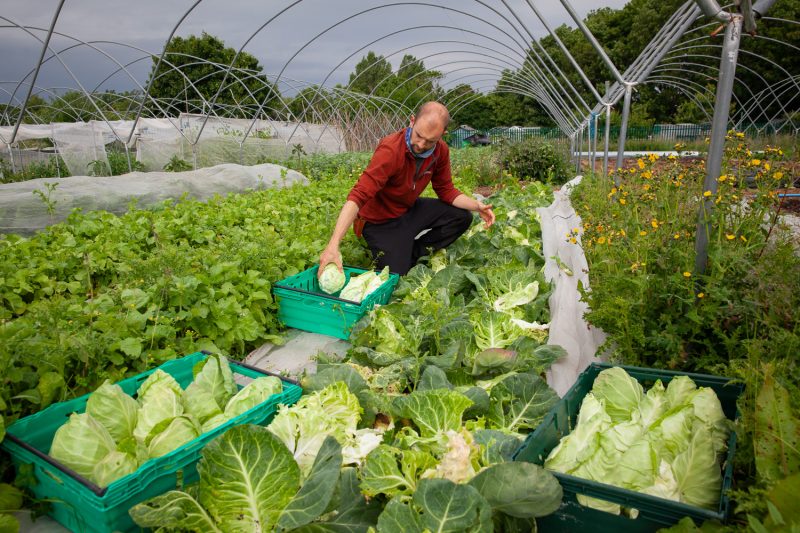
What results are you seeing?
“We produce 24-30 thousand portions of food a year (3.5-4 tonnes), with a proportion alleviating food insecurity. We facilitate three thousand hours of volunteer contact time on the land.
“As a community of people, this project has taken one acre of derelict and vandalized council land and transformed it into a thriving market garden.”
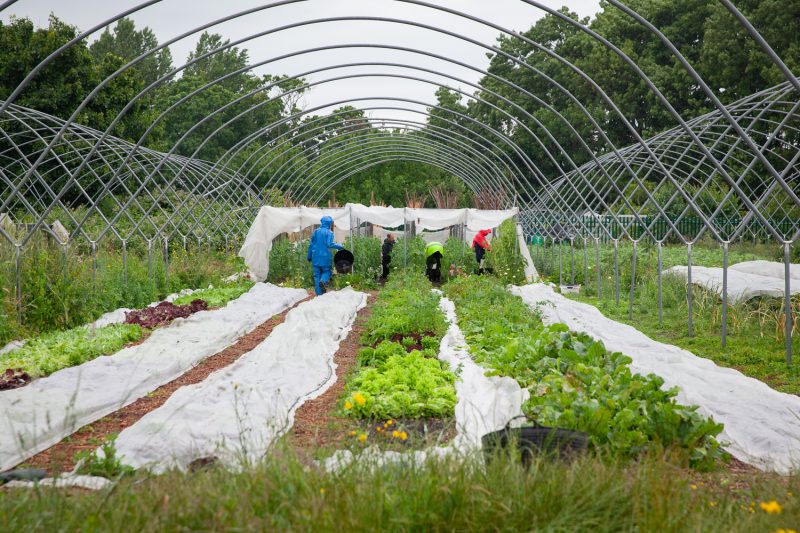
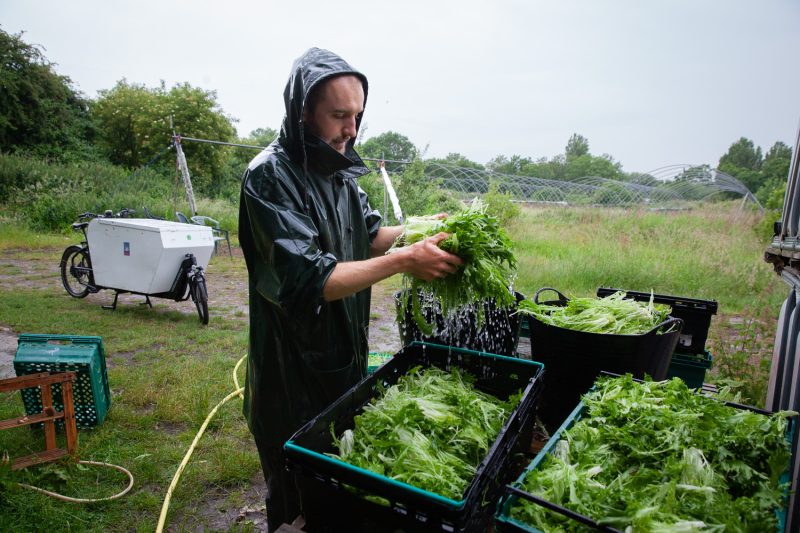
How has the regenerative approach impacted the people that work and spend time on the land?
“Lush Greens feeds me emotionally as well as physically – reconnecting to the land, seasons and doing something that helps, that makes a difference.
“There’s a wide variety of people who volunteer for a number of reasons – retirement, maternity, bereavement – and they report benefitting from connections to the land and others with shared interests: forming friendships against the rising tide of social isolation and a real sense that they are doing something useful.”
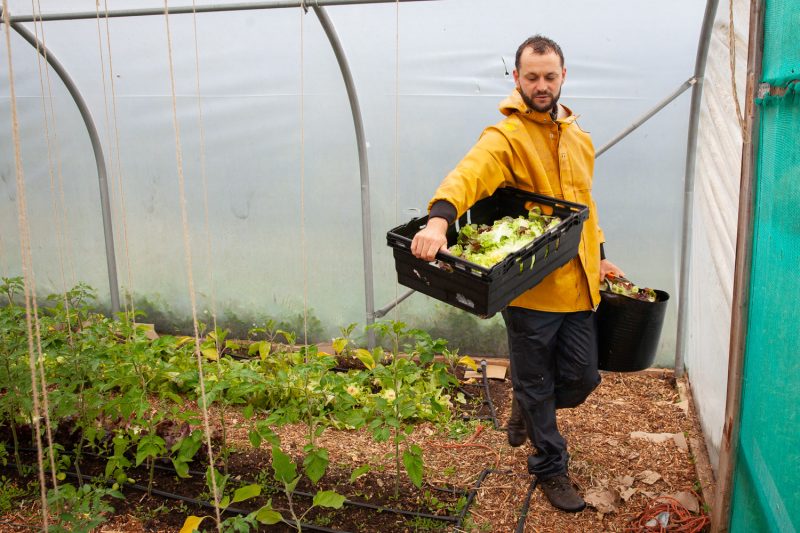

How do you see the future of food growing?
“Think of a patchwork of small, local agro-ecological projects providing every neighbourhood with their own source of fresh fruit and veg. With scaling out instead of up!
“Small responsive farms like this used as a blueprint, with each community responding to the land and their collective needs. Building a direct relationship between land and people.”
All images: Mark Simmons
Find more of Mark’s work at instagram.com/marksimmonsphoto If you’d like Mark to document your growing project, get in touch at info@marksimmonsphotography.co.uk
Read next:
 Our newsletters emailed directly to you
Our newsletters emailed directly to you














